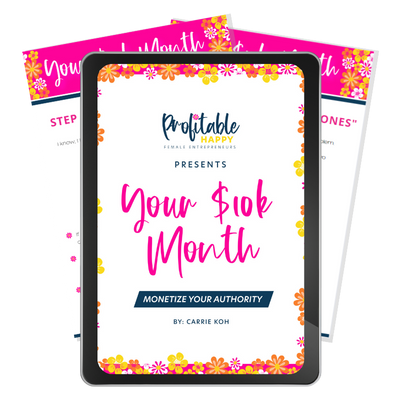When I ask my clients struggling with difficult interpersonal situations what is the one thing they need to move forward in a positive and productive manner, many have the same response. They need to let something go….
“I need to let go of my colleagues’ past behavior, but I just can’t do it!”
“I need to let go of the pressure to have all the answers, but I can’t tolerate feeling like I failed.”
“I need to let go of the need to control the outcome, but if I don’t control it, who will?”
Letting go is a concept that sounds good in theory, but how does anyone really, successfully let things go to move forward and experience more of what they want and less of what they don’t want?
In fact, what does letting go even mean?
What if letting go was as easy as choosing to forgive past behavior to release the weight we are carrying from it and assuming good intent in the future? By releasing the weight of a negative situation and assuming good intent, we can then focus on what is in our control to ensure a different, more positive future outcome.
And the one thing that is always in our control? Our choices. We can choose to frame our experiences in a way that allows us to learn the lessons that will serve us and “leave the rest.”
When we let go, there is a sense of freedom and confidence from knowing we made a conscious choice to no longer be held back by fear or worry about a situation or person.
Throughout my career and personal life, I’ve had a lot of opportunity to practice letting go of something I was holding on to mentally. My experience in the process of letting go requires a few key steps:
-
Acknowledge a situation or behavior.
When we sweep something under the rug, we give it more power. With that power, the negative situation or behavior only grows in importance and mental bandwidth. By acknowledging the negative situation and behavior, we deflate its power. Journal the facts and the feelings associated with the situation.
-
Get clear on the emotional impact it had on you.
Name the emotion in a safe place or to a safe person. When we don’t acknowledge the emotion and speak it out loud, shame and blame tend to grow around it.
-
Make a choice.
Make a choice about how much weight you will give the situation or behavior in light of what you truly want. Often, we allow one situation or one person to dictate our direction, action and even our potential. Challenge your own thinking around how much power you have given to a situation or person. Describe the consequence of giving that much power away.
-
Empower yourself to focus on what is in your control.
We have more control than most of us assume after feeling wronged by a colleague. For example, we have control over the boundaries we put in place, our own choices, how we react to others, how we approach others, our behaviors and the lessons we choose to learn. Write down everything that is in your control. Choose to focus on those things that will move you forward in a positive direction.
Letting go is not about stuffing the real emotions deep down, only for them to emerge later. It is about acknowledging the emotions to allow conscious decision making.
When we acknowledge a situation and the emotional impact, we can then consciously choose to either hold on to them or process them so that we can focus on what is most important to us, our future and what we are trying to achieve.
When I consciously hold on to the negative emotion of a situation, it drives the feeling of two universal fears. The fear of not being good enough or the fear of not belonging.
In most cases, I find that I am holding on to things that are derailing me from the results I want because it is serving me in some way. For example, it’s easy to stay in my comfort zone and not take risks if I continue to use a negative situation or past as an excuse for staying right where I am!
Choosing to let something go may require some support from trusted colleagues, mentor or coach. However, examining what we hold on to and how we might inadvertently be holding ourselves back is an important exercise.
What are you holding on to that might be limiting your results or even your potential?
What if it were as easy as choosing to let it go?
If you would like to learn about creating more actionable self-awareness and collaboration, check out this free guide to difficult conversations. For more free resources or to connect, please go to www.carriekoh.com/resources.

Carrie Koh is an Interpersonal Efficiency Leadership coach, consultant, and former healthcare administrator with a passion for enhancing the way we connect to one another in healthcare to ensure efficient and innovative results and greater fulfillment along the way. She would love to connect at www.carriekoh.com


Recent Comments